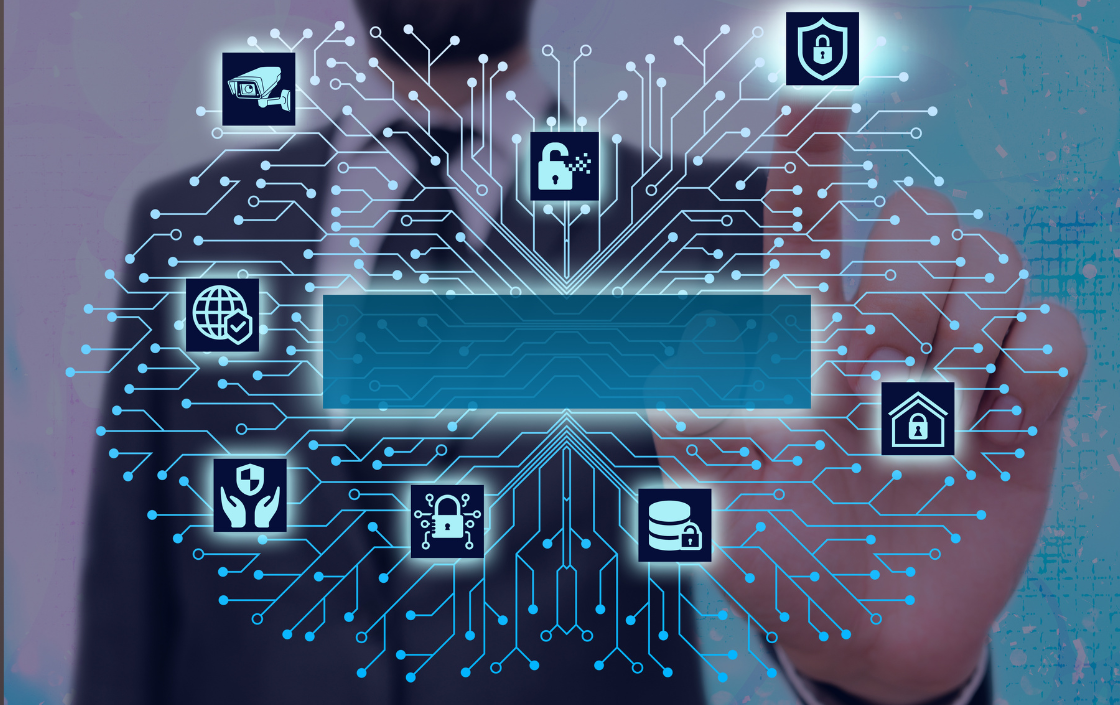In an era where remote work has become increasingly prevalent, securing remote access to corporate networks has emerged as a critical concern for businesses worldwide. With employees accessing sensitive company resources from various locations and devices, the risk of data breaches and cyber-attacks has escalated. Therefore, implementing robust security measures is imperative to safeguard corporate networks and sensitive data. This comprehensive guide will delve into various strategies and best practices for ensuring the security of remote access to corporate networks.
- Utilize Secure Authentication Methods:
Employing strong authentication methods is the first line of defense in securing remote access. Implement multi-factor authentication (MFA) protocols, requiring users to provide multiple forms of verification such as passwords, security tokens, biometrics, or smart cards. This adds an extra layer of security, making it significantly more challenging for unauthorized users to gain access. - Establish Virtual Private Networks (VPNs):
VPNs create encrypted tunnels between remote devices and the corporate network, ensuring that data transmitted over public networks remains secure. Implementing VPNs effectively encrypts data, making it unreadable to unauthorized entities. However, it’s crucial to select reputable VPN solutions and regularly update encryption protocols to mitigate vulnerabilities. - Implement Network Access Controls (NAC):
Network Access Controls enable organizations to regulate and monitor devices attempting to connect to the corporate network. By enforcing policies that dictate which devices and users can access specific resources, NAC helps prevent unauthorized access and mitigates the risk of malware infiltration. Additionally, NAC solutions provide insights into network traffic, facilitating timely detection and response to potential threats. - Utilize Endpoint Security Solutions:
Endpoint security solutions safeguard individual devices accessing corporate networks remotely. Deploy comprehensive antivirus software, firewalls, and intrusion detection systems on all remote devices to detect and mitigate threats effectively. Additionally, implement device management policies to enforce security measures such as encryption and remote data wiping in case of device loss or theft. - Regularly Update Software and Patch Management:
Outdated software and unpatched systems pose significant security risks, as they often contain known vulnerabilities exploited by cybercriminals. Establish a robust patch management process to ensure that all software, operating systems, and applications are promptly updated with the latest security patches. Regular vulnerability assessments and penetration testing can help identify and remediate potential weaknesses before they are exploited. - Enforce Least Privilege Access:
Adopt the principle of least privilege, granting users the minimum level of access necessary to perform their job functions. Restricting access rights minimizes the potential damage caused by insider threats and limits the exposure of sensitive data. Implement role-based access controls (RBAC) to assign permissions based on job roles, ensuring that users only have access to the resources essential for their responsibilities. - Educate Employees on Cybersecurity Best Practices:
Human error remains one of the most significant security vulnerabilities in any organization. Provide comprehensive cybersecurity training to educate employees on the risks associated with remote access and how to identify potential threats such as phishing attempts and social engineering attacks. Encourage employees to use strong, unique passwords, and emphasize the importance of vigilance in protecting sensitive information. - Monitor and Analyze Network Traffic:
Implement robust network monitoring and logging mechanisms to detect anomalous behavior and potential security incidents. Utilize intrusion detection systems (IDS) and intrusion prevention systems (IPS) to monitor network traffic in real-time, identifying and blocking malicious activities. Analyzing network logs and security events enables proactive threat detection and swift incident response.
In conclusion, securing remote access to corporate networks demands a multifaceted approach encompassing advanced authentication methods, encrypted communication channels, network access controls, endpoint security solutions, and ongoing employee education. By implementing these strategies and staying vigilant against evolving threats, organizations can effectively mitigate the risks associated with remote work and safeguard their sensitive data and network infrastructure. Remember, in the realm of cybersecurity, proactive measures are paramount to staying one step ahead of potential threats.






